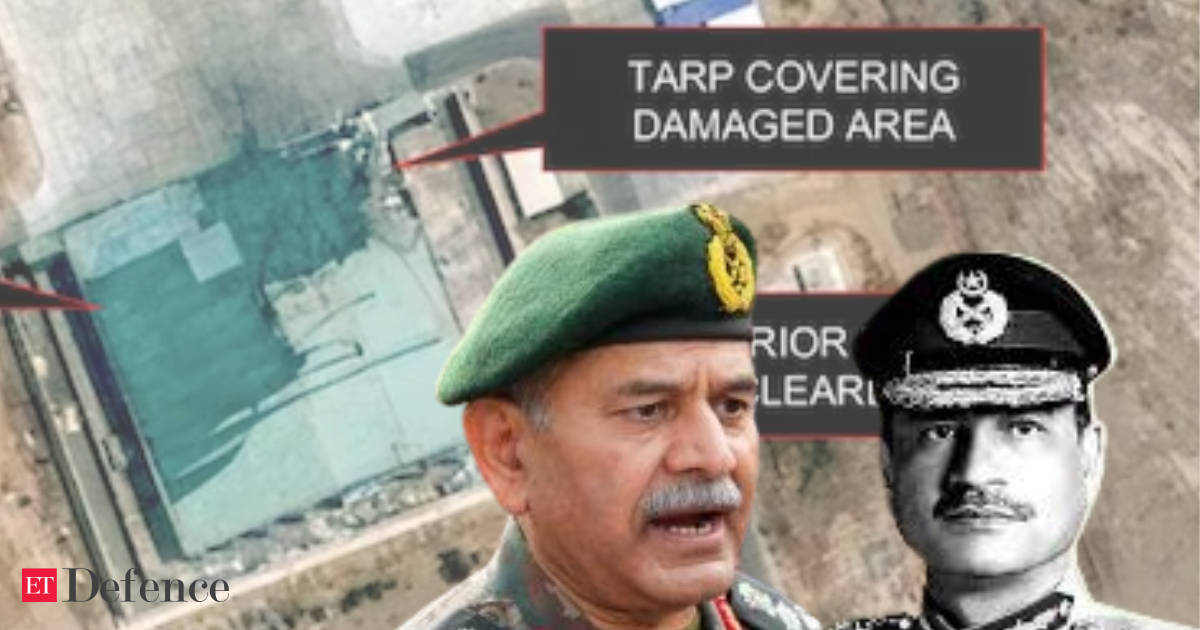“If you ask a Pakistani whether you lost or won, he’d say, ‘My chief has become a field marshal. We must have won, that’s why he’s become a field marshal,'” he said, referring to Pakistan’s promotion of its army chief, Asim Munir, to a five-star general and field marshal.
‘Free Hand’ from the GovernmentGeneral Dwivedi said the central government’s decision to give the armed forces complete operational freedom was key to the mission’s success. He recalled that on 23 April, a day after the Pahalgam terror attack killed 26 people, Defence Minister Rajnath Singh told the service chiefs, “Enough is enough.”
“This is the first time that Defence Minister Rajnath Singh said, ‘Enough is enough.’ All three chiefs were very clear that something had to be done. The free hand was given ‘you decide what is to be done.’ That is the kind of confidence, political direction, and political clarity we saw for the first time,” he said.
“That is what raises your morale. That is how it helped our army commanders-in-chief to be on the ground and act as per their wisdom,” he added.
Air Chief Marshal AP Singh, at the HAL Management Academy in Bengaluru, also credited the government’s stance. “A key reason for success was the presence of political will. There was very clear political will and very clear directions given to us. No restrictions were put on us… If there were any constraints, they were self-made. The forces decided what the rules of engagement would be. We decided how we wanted to control the escalation. We had full freedom to plan and execute,” he said.
Planning and execution in the ‘Grey Zone’General Dwivedi revealed that planning began on 23 April, and by 25 April the Northern Command had struck seven of nine high-value targets, eliminating several militants.
He described the operation as “playing chess” in a “grey zone” — unpredictable and short of full-scale conventional warfare. “In Op Sindoor, what we did, we played chess… What does it mean! It means that we did not know what step the enemy was going to take and what we were going to do. It was a gray zone. The gray zone is that we are not going for the conventional operations but we are doing something which is just short of the conventional operations,” he explained.
Op Sindoor srikes ‘wide and deep’ into PakistanDwivedi stressed that Operation Sindoor went beyond earlier operations like Uri and Balakot. In Uri, the goal was to hit launch pads, while Balakot targeted training camps inside Pakistan. Sindoor, he said, went “wide and deep” into Pakistan’s “heartland” and struck key assets codenamed “Nursery” and “Masters.”
“This was the first time we hit the heartland. And our targets were Nursery and the Masters. And that’s what came as a shocker to them,” he said.
Five of the targets were in Jammu and Kashmir, and four in Punjab. Two missions were carried out with the Indian Air Force.
“This test match stopped on the fourth day and it could have continued for fourteen days also, one forty days also, fourteen hundred days also, we don’t know. So we have to be prepared for those kinds of things,” Dwivedi remarked.
Pakistan’s retaliation and India’s counterPakistan retaliated with cross-border shelling, attempted drone strikes, and air defence measures. India’s counter-attacks damaged radar systems, communication hubs, and airfields at 11 Pakistani bases, including the Nur Khan air base.Largest surface-to-air kills in Indian historyIn a first official confirmation of the scale of damage to Pakistan’s air assets, Air Chief Marshal Amar Preet Singh said that Indian air defence systems shot down five Pakistani fighter jets and one AEW&C/ELINT surveillance aircraft during the operation.
Speaking at the 16th Air Chief Marshal LM Katre Memorial Lecture, Singh said, “We have at least five fighters confirmed killed and one large aircraft, which could be either an aircraft or an AWC, which was taken at a distance of about 300 kilometres.”
These are the largest-ever surface-to-air kills recorded by India. The details of the aerial combat had not been disclosed earlier, leading to criticism from some opposition leaders.

